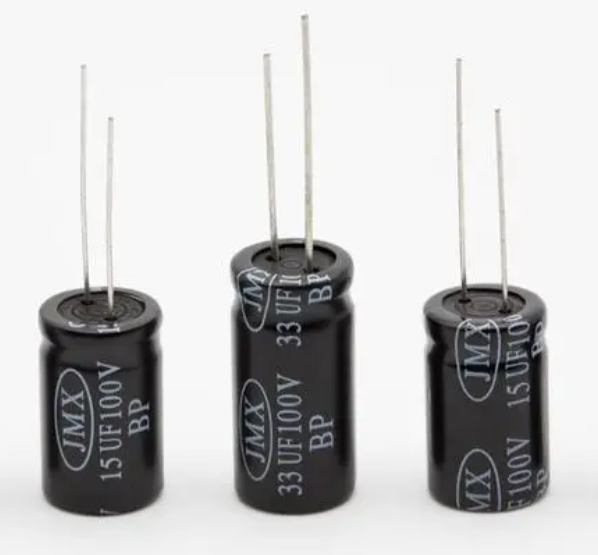Capacitors play a vital role in circuit design, and their selection has a direct impact on the performance of the circuit. Different circuit needs determine the choice of capacitor type. During the design process, the following points are critical to selecting the appropriate capacitor:
Application circuit specific requirements:
Different circuits have different needs for capacitors. High-frequency and ultra-high-frequency circuits often use mica capacitors, glass glaze capacitors, or high-frequency ceramic capacitors. Medium and low frequency circuits tend to use paper capacitors, metallized paper capacitors, organic film capacitors, etc. Additionally, tuned circuits require variable capacitors such as solid dielectric sealed variable capacitors or air dielectric capacitors. It is important that the main parameters of the capacitor, such as nominal capacity, operating voltage and insulation resistance, comply with the specific requirements of the circuit.
Selection of electrolytic capacitors:
Electrolytic capacitors are mainly used for power supply filtering, decoupling, coupling and other functions, especially in medium and low frequency circuits. Generally, aluminum electrolytic capacitors are suitable for most power circuits. For circuits of high-precision electronic equipment, it is recommended to use non-solid tantalum electrolytic capacitors or niobium electrolytic capacitors. When selecting, pay attention to the appearance quality of the capacitor to ensure that the pins are firm and leak-free.
Selection of solid organic dielectric capacitors:
Polyester capacitors, polystyrene capacitors, and polypropylene capacitors are commonly used organic film dielectric capacitors. Polyester capacitors are suitable for decoupling and bypassing of medium and low frequency circuits. Polystyrene capacitors are suitable for audio circuits and high-voltage pulse circuits, but not for high-frequency circuits. Polypropylene capacitors have excellent high-frequency characteristics and are suitable for different applications in a variety of electronic devices.

Selection of solid inorganic dielectric capacitors:
Ceramic capacitors are commonly used solid inorganic dielectric capacitors, especially ceramic chip capacitors, monolithic capacitors and leadless ceramic capacitors. Class I ceramic capacitors are generally selected for high-frequency and ultra-high frequency circuits, while Class II ceramic capacitors can be selected for medium and low-frequency circuits. Class III ceramic capacitors are only suitable for low frequency circuits. Glass glaze capacitors or mica capacitors are often used as coupling capacitors, bypass capacitors and fixed capacitors in tuning circuits.
Applications of variable capacitors:
Variable capacitors are mainly used in tuned circuits. Although air dielectric variable capacitors were widely used in early electronic equipment, their use in modern electronic equipment has been relatively reduced. In contrast, solid dielectric variable capacitors are still widely used. For example, AM radios generally use sealed double variable capacitors, while AM/FM radios and radios are suitable for sealed quad variable capacitors. These variable capacitors usually have film semi-variable capacitors.
